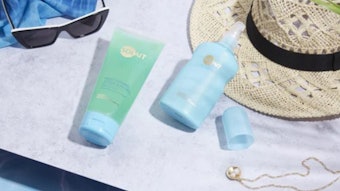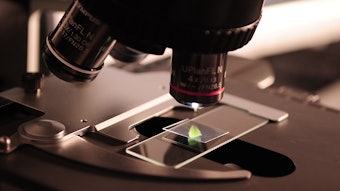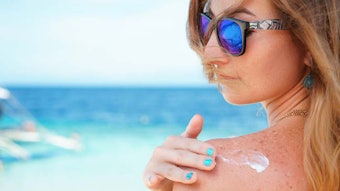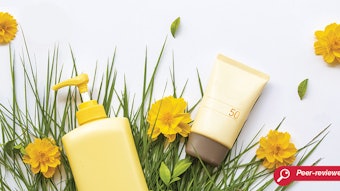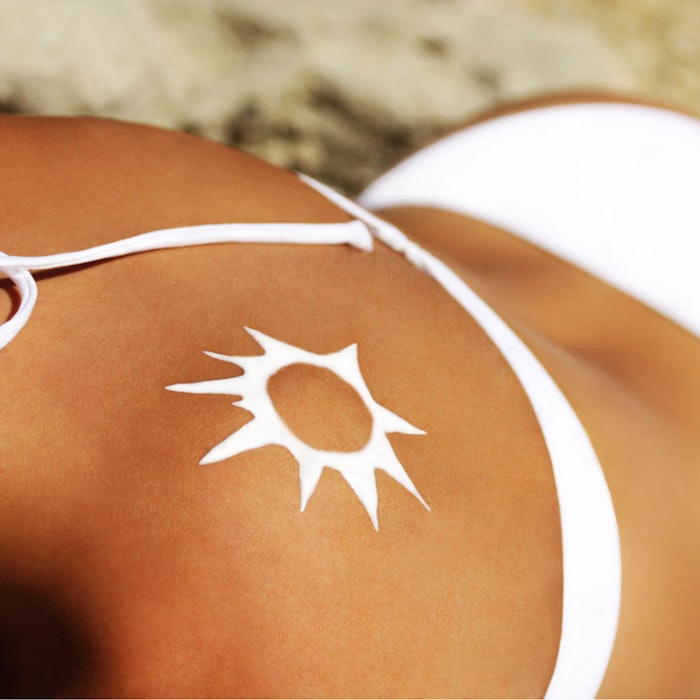
The March/April issue of the Journal of Cosmetic Science contains an interesting article* describing a new in vitro test for determining the SPF of sunscreen products. The method was used to measure the SPF of 15 commercial products including lotions, creams, balms and sprays that contained organic and/or inorganic filters. The test was found to give results that matched the labeled SPF of these products. In addition, the test gave a much lower coefficient of variation than in vivo sunscreen tests. It also did not require a UV spectrophotometer.
In vitro tests for measuring the SPF of sunscreens are not new. They have been available for about 25 years and are used by many companies for screening purposes in the development of new sunscreen products. While each of the in vitro tests have their advantages and drawbacks, so do the standardized in vivo tests.
Public pressure combined with government actions and the development of in vitro testing procedures have resulted in the replacement of animal testing of cosmetics in almost all countries. It is generally believed that these in vitro procedures provide comparable adequate safety information.
I believe with appropriate standardization in vitro sunscreen tests could also provide comparable adequate safety information to human testing. However, in vivo testing using the backs of human panelists is required by all countries and regions that regulate sunscreens with SPF claims.
Isn’t it time for governments and industry to standardize an in vitro SPF test to replace human testing? When it comes to the backs of humans on sunscreen panels all over the world, being exposed to harmful UV irradiation, who’s got their backs?
*X Qu, X Zhao and Z Chen, A new in vitro method to determine sun protection factor, J Cosmet Sci 67 101-108 (2016)
!['[Sunscreen] developers will be able to innovate more efficiently while maintaining high standards of quality and safety for consumers.'](https://img.cosmeticsandtoiletries.com/files/base/allured/all/image/2024/06/woman_outside_using_sunscreen_on_face_ISO_test_standards_AdobeStock_783608310.66678a92029d9.png?auto=format%2Ccompress&fit=crop&h=191&q=70&rect=62%2C0%2C2135%2C1200&w=340)



